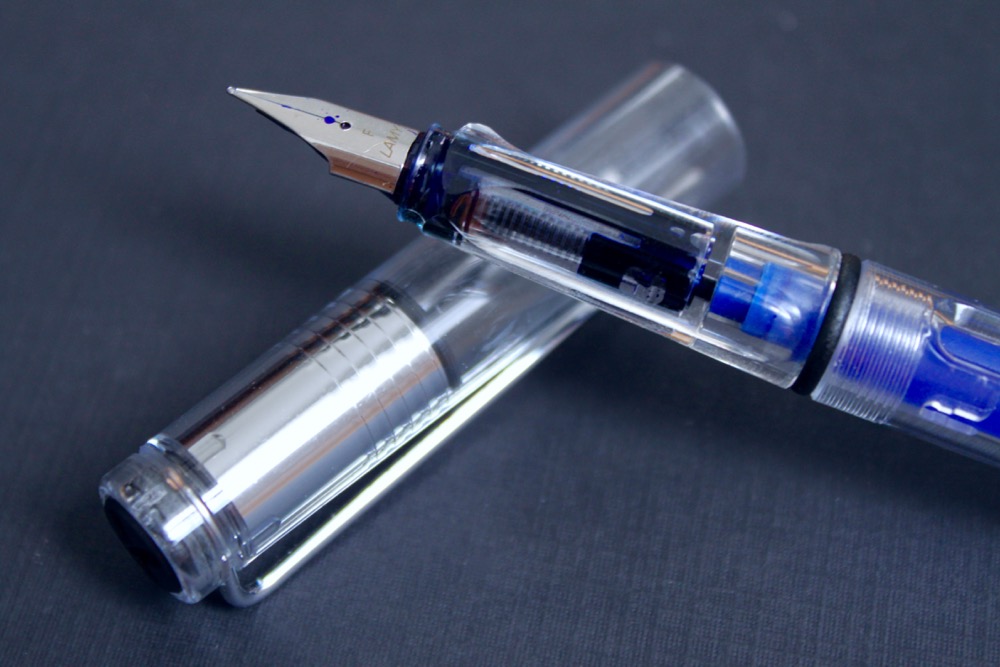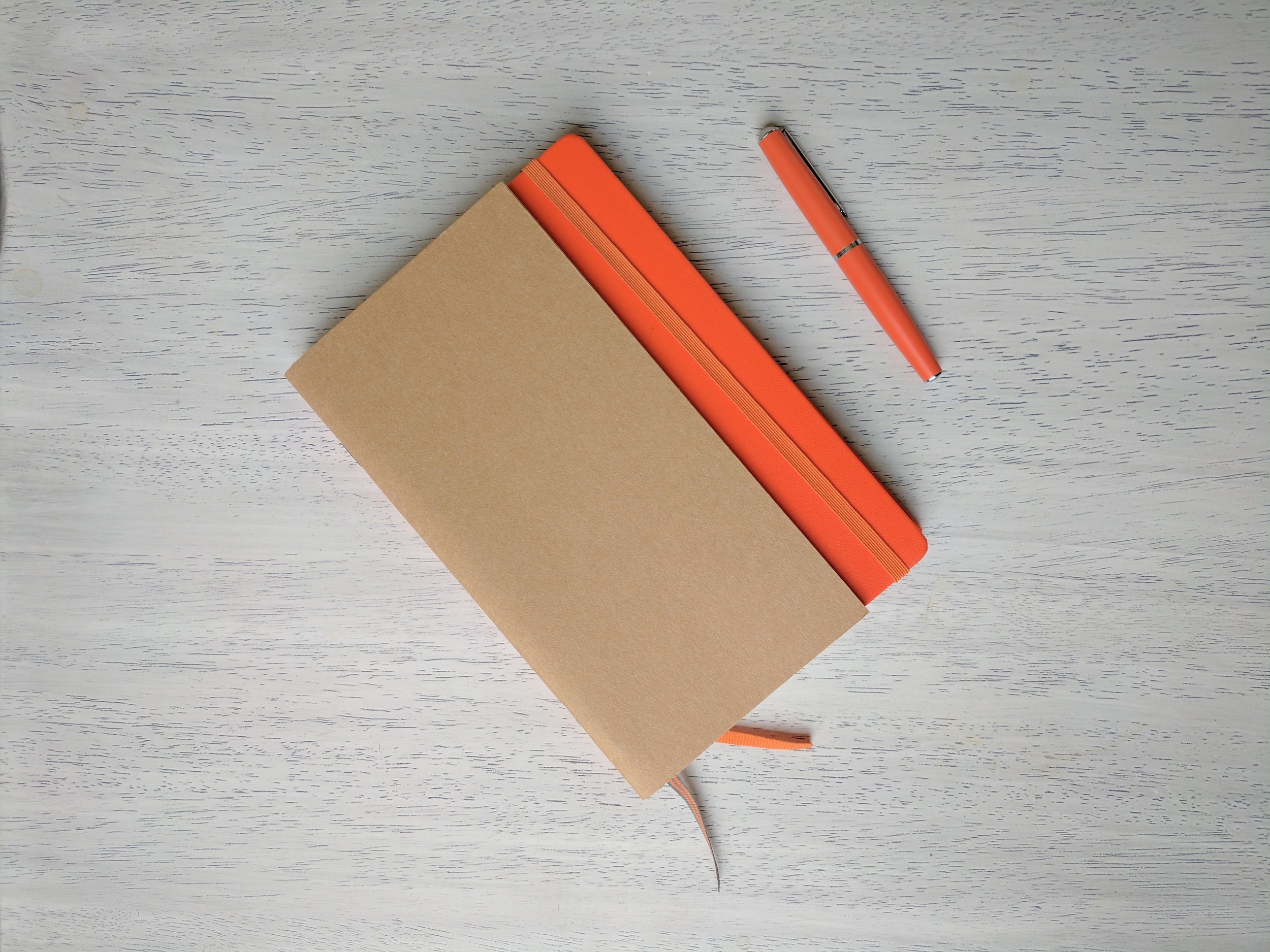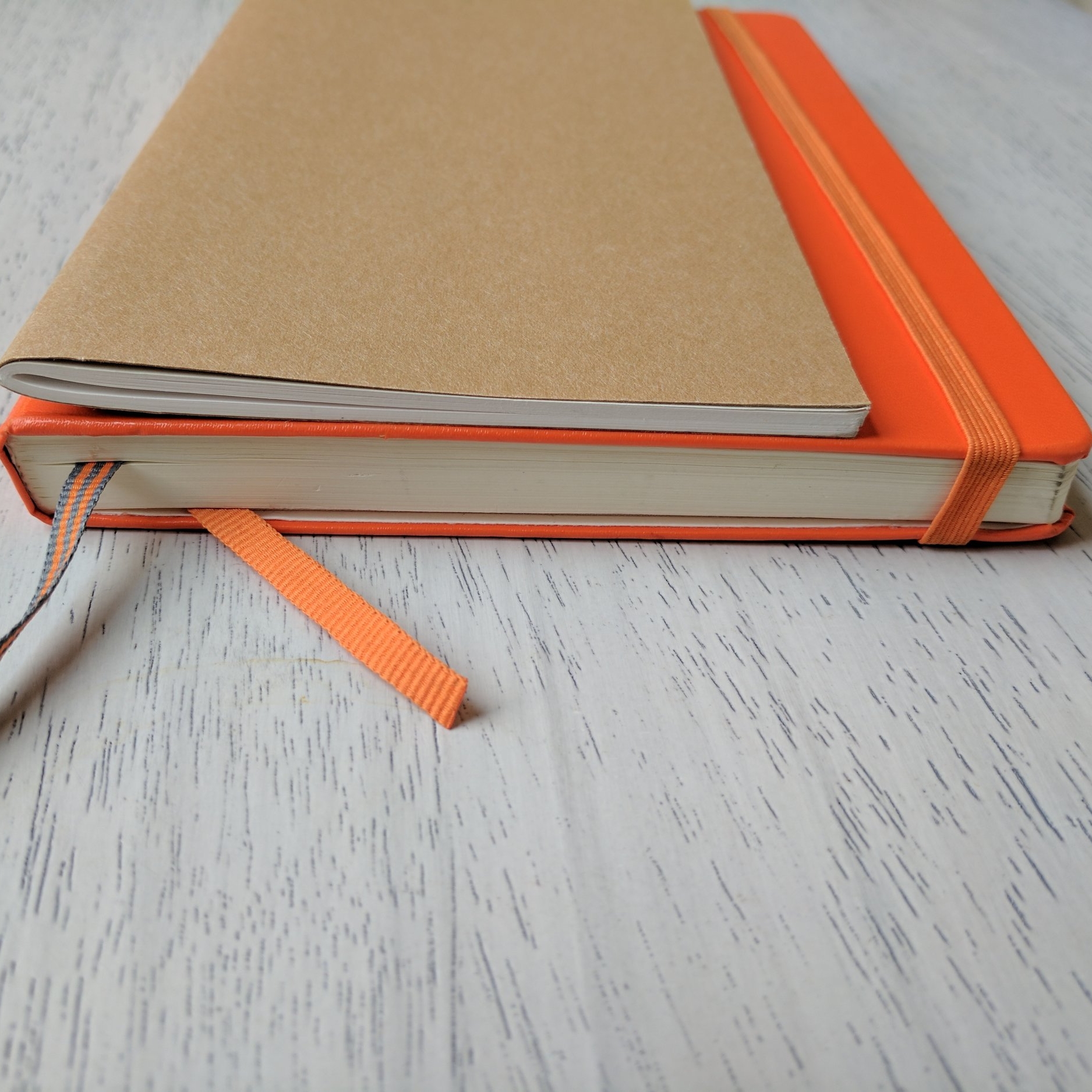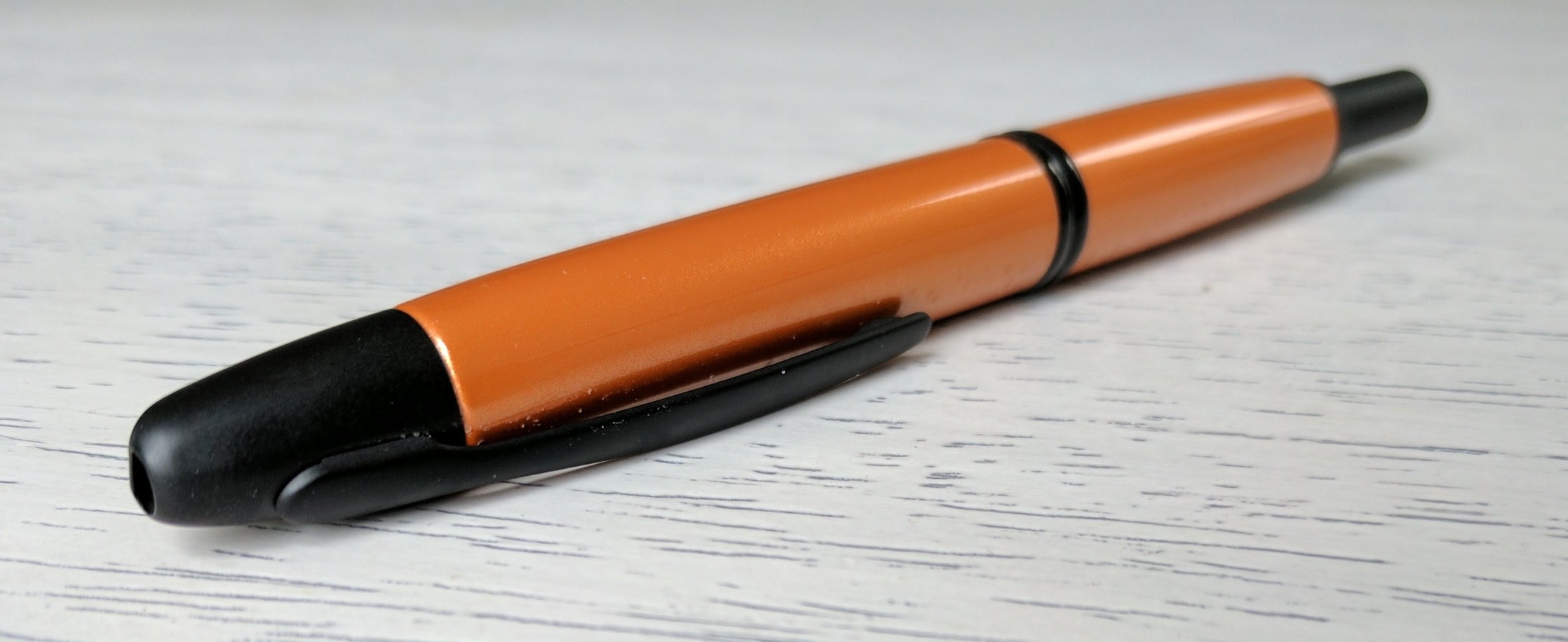Shopping for Christmas gifts is always one of the most stressful parts of the holiday season. Would they like a toaster that monograms their whole wheat? How about a bluetooth speaker that’s shaped like a cat? It seems like every year it gets harder and harder for me to find creative gifts for friends and family, especially when most of them have everything that they could ever need (we live in a first-world country after all).
Pens and stationery have always been go-to gifts, but it turns out that the Cross pen you received for graduation is overpriced, and your birthday Moleskine actually provides a pretty terrible writing experience. Fortunately, there are plenty of great and affordable options, if you’re considering buying a loved one a fountain pen or a notebook for Christmas. But how do you choose from the countless options out there? I've looked back on my favorite things from the last few years and have compiled a short list of gift ideas for fountain pen beginners. Whether you’re buying a gift for a loved one, or a gift for yourself, these won’t disappoint, and I use most of these items daily. And why should you go analog for Christmas? Patrick Rhone has some inspiring thoughts on the matter. Note, the item titles link to my reviews, and the prices lead to sites where you can purchase items (affiliate links).
TLDR - Favorite Matchups:
- Stocking Stuffer - Lamy Vista (ink included)
- Under the Tree - TWSBI 580 AL and Diamine Pumpkin ink
- Car with a Bow - Lamy 2000 and Iroshizuku Tsukushi ink
Fountain Pens and Paper for Beginners
Lamy Vista - Under $25
Sure, many will recommend the Lamy Safari or Pilot Metropolitan, but the Vista beats them both, in my opinion. I love the Vista because it offers a sneak peak at the inner workings of the fountain pen. This pen is a clear (called a demonstrator) version of the Safari, which is one of the most recommended starter fountain pens. This pen comes with an ink cartridge, so it can be used right out of the box. You can also purchase a converter, if you want to use it with bottled inks.
TWSBI 580 AL - $65
So, you want something a bit nicer? TWSBI pens probably offer the best value and quality for the price. I use the TWSBI 580 AL everyday. No cartridges and no converters, just a piston with tons of ink capacity. For those unfamiliar with piston pens, check out this video to see how they work. This pen doesn’t use ink cartridges, so you’ll have to buy your loved one a bottle of ink. I make a few ink recommendations below, but you can also check out my penventory page for a full list of inks that I’ve reviewed.
Lamy 2000 - $130
The Lamy 2000 is the best fountain pen that I have ever used. This gold-nibbed pen feels frictionless on paper and has a piston mechanism to hold lots of ink. This pen has been around for decades and for good reason. It doesn’t use ink cartridges, so you’ll need to pick up a bottle of ink to go with it. Note, gold nibs are softer than the steel nibs that you'll find on the other recommendations. Fountain pens require much less pressure to write than traditional pens, and pressing too hard can cause damage to the nib. This is especially true for gold nibs.
Leuchtterm1917 with the Pilot Vanishing Point Fountain Pen
Leuchtterm1917 Notebook - $20
Although you can use fountain pens on regular paper, they tend to leave more ink on the page and bleed and feather (spread out) on regular paper. If you’re looking for a nice notebook to accompany your nifty fountain pen gift, check out the Leuchtterm1917. It comes in tons of colors and works very well with fountain pens. I use one as my daily notebook.
Inks
So you’ve picked the perfect fountain pen for your Secret Santa, but how do you you chose from thousands of inks? You can check out the penventory for a full list of ink reviews, but I’ll save you some time. Try one of these:
Lamy Blue/Black Ink - Bottle or Cartridges
If you’re purchasing a fountain pen as a gift, you might as well spice it up with a non-black ink. Lamy inks are some of the best, most affordable inks on the market, and Blue Black is one of my personal favorites.
Diamine Pumpkin - Small Bottle - $10
For those who find black and blue a little boring, Diamine Pumpkin is the solution. This ink is my daily driver. It’s consistent and dark enough for note taking, but bright and colorful. Life’s too short to use boring ink, and Pumpkin pops on the page.
Iroshizuku Tsukushi - Small Bottle - $13
Tsukushi lives in my Lamy 2000 fountain pen at all times. Its brown tone stands apart from the traditional blue or black, but is still understated enough to work well as an everyday color.
What About Fountain Pen Nib Sizes?
Choosing a nib size can be daunting, especially if you've never used a fountain pen before. The nib, by the way, is the tip of the pen, which has two tines that serve as channels for the fountain pen ink. I've provided an overview of the most common nibs below, and this will apply to all of the pens mentioned in the article.
TLDR: Buy a pen with a fine nib.
- Extra Fine - Best for those who like teeny tiny writing.
- Fine - For Lamy and TWSBI, I default to fine nibs. In my experience, this is the safest choice, if you're not sure which size to buy.
- Medium - Lays a thicker juicier line. Not so great for regular note taking, but may be a good choice for those who like big bold letters.
Pro Tip: If you buy from a Japanese manufacturer (Pilot, Platinum, Sailor are the most common), buy a medium nib. Japanese nibs tend to run one-size finer than their western counterparts.
Hopefully these recommendations help you find the perfect gift for your loved one, but feel free to post any questions in the comments section below. Have other gift ideas? Let me know in the comments as well.


























